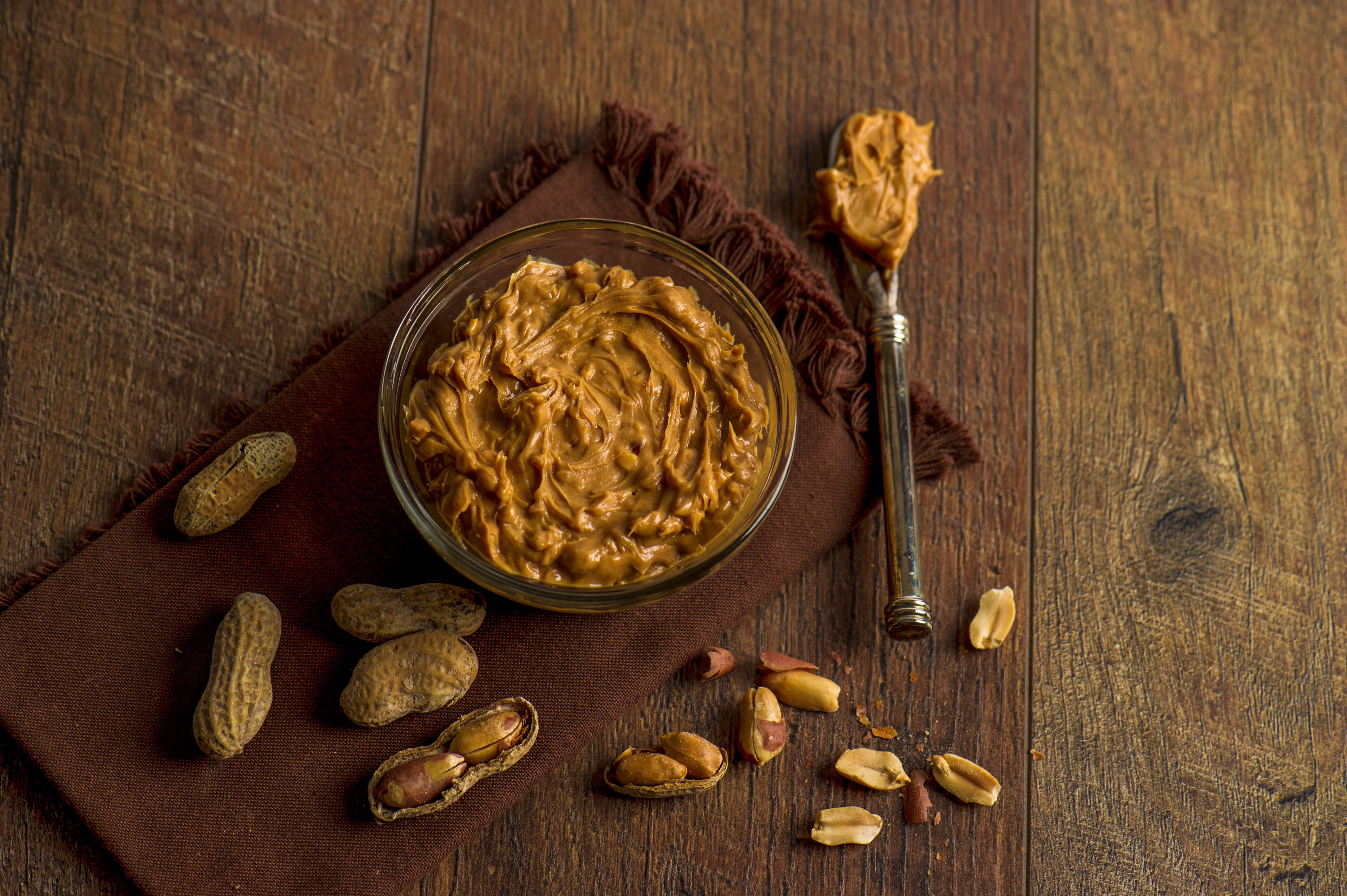It’s always nice to have options
Published 1:52 pm Tuesday, June 23, 2020

- Peanut butter has other, healthier options to satisfy your cravings.
|
Getting your Trinity Audio player ready...
|
By Carah Jones
Editorial Intern
In most situations in life, there is usually more than one way to get a job done. In this week’s column, I want to focus on a few different popular food items, and provide healthier alternatives that can be used to replace them in everyday life. You would be surprised at how substituting just a few of the traditional food items in an average diet may help increase energy, mood and general health overtime.
Peanut butter, the extremely popular food spread, has as many health benefits as it comes. The downside of traditional peanut butter is the large amount of calories and fat in it that creates the creamy texture that we all know and love. These added calories and fats limit the amount of peanut butter that one can eat in a serving, and that serving size is a lot smaller than most people predict it to be. The first alternative food product that I want to highlight is a powdered peanut butter product called PB2. This item can be found at any grocery retail store, and the only extra ingredient you need at home to make it is water.
PB2 is a powdered product similar to traditional peanut butter, but without the added calories and fats. This peanut flavored powder has 85% less fat than traditional peanut butter, but still has the delicious taste that accessorizes foods the same way that traditional peanut butter is known to. By simply comparing the nutrition labels on leading brands of PB2 and traditional peanut butter, PB2 has only 45 calories per serving instead of 190 calories, 1.5 grams of fat as opposed to 15 grams of fat, and has zero saturated fats while traditional peanut butter regularly has around 3 grams of saturated fats. When I first discovered this tasty alternative, I was impressed too.
The next replacement trick is rather specific, but my grandmother told me about it and I definitely think that it is worth sharing. I haven’t met anyone that doesn’t love a good baked potato covered in butter and sour cream and cheese. I often order some version of a ‘loaded potato’ at restaurants as a side item to my meals. Although toppings definitely are the best part of eating a baked potato, they counteract many of the health benefits that potatoes naturally have. As an alternative to the cheese, sour cream, butter, and whatever else you may like on your baked potato, next time you eat one, try squeezing lemon juice on it as the source of added flavor. It may not be the most delicious option, but lemon flavors well with a baked potato, and this option definitely cuts back on calories and fats compared to the traditional baked potato toppings that are loaded with carbohydrates.
Last but certainly not least, is my favorite fruit making a second feature in my food column. Last week, I wrote on how there are different fats found in foods, and some are healthy while the others are not. One of the most unhealthy and fat filled condiments in the food industry is mayonnaise, and even though we know it’s bad for us, we still love it. One serving of mayonnaise (1 tbsp) has 90 calories, and all of those calories come from fat content. Aside from the portion of sodium that is also present in mayonnaise, this condiment is essentially a spread of fat, with no other nutritional value.
My preferred alternate to this nutritionless spread, is once again the avocado. Avocados will develop a creamy texture similar to mayonnaise once they are ripe enough, and by whipping slices together and adding salt, avocado spread is a delicious substitute for mayonnaise on any sandwich or burger. Aside from the comparable taste, avocados provide much more nutritional value than mayonnaise, such as fiber, protein, and healthy carbohydrates that provide the body with energy.
It’s always fun and enlightening to try new things in the kitchen. If you do try one of these tricks and really like the outcome, then you’ve added a new, healthy option to your lifestyle.
It’s always nice to have options, especially in something as important as your diet.





